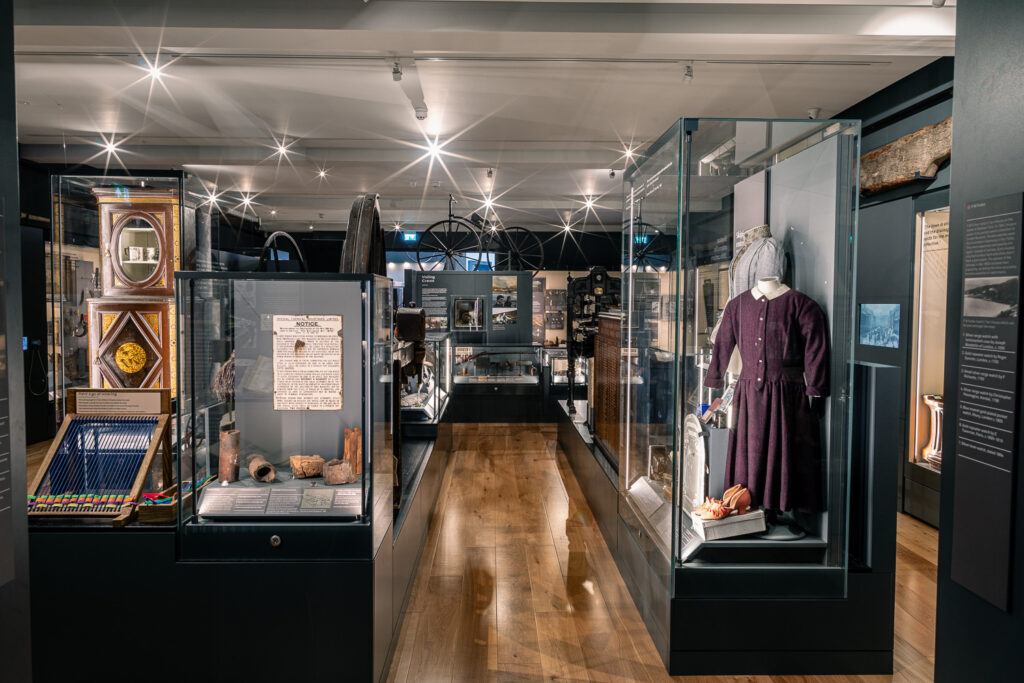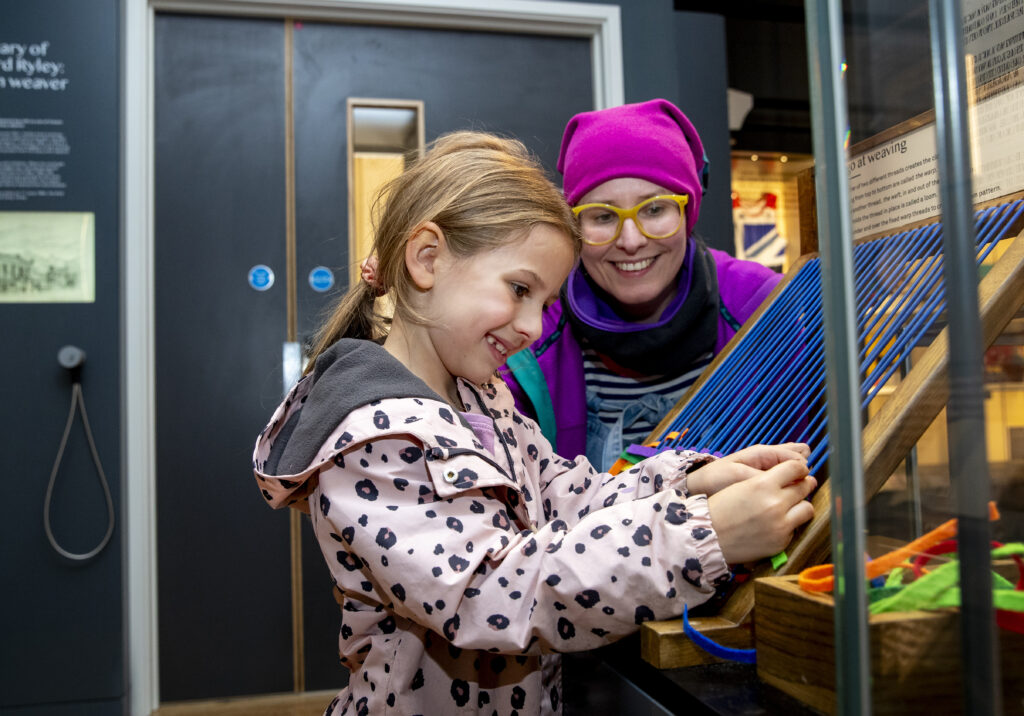Enjoy this article?
Most Museums Journal content is only available to members. Join the MA to get full access to the latest thinking and trends from across the sector, case studies and best practice advice.
Craven Museum is in the Grade II-listed town hall, in the centre of busy North Yorkshire market town Skipton. The venue is also home to an exhibition gallery and concert hall, as well as education and community spaces.

The museum was founded in 1928 by archaeology and history enthusiasts who wanted to share their collections with the local community.
It tells the history of the Craven area, in the southwest Yorkshire Dales, from prehistory to present day, covering industries such as lead mining and cotton weaving, as well as agriculture and rural life.
There are about 60,000 items in the collection. “Due to the museum’s founders having varied interests and collections, we have a very mixed collection,” says assistant museum curator Charlotte Craig. “Local archaeology and geology are strengths, but we also hold a lot of social-history items relating to the Craven area, alongside costume and fine art.”
“Our most famous object is probably our copy of Shakespeare’s First Folio,” says Craig. “However, many of the items that spark the most joy with visitors tend to have more personal stories. ‘Old Ted’ is one of our star objects. Mary Mills received the teddy as a gift in 1915. She lived in Skipton and the teddy had been sent from America by her uncle.
“During the journey, a German U-boat sunk Old Ted’s boat in the Irish Sea. Because it carried important goods, divers were sent to recover the sunken cargo. They also found Old Ted and posted him to Mary. The teddy arrived still so wet that he had to be hung on a washing line to dry.”

A dozen people run Skipton Town Hall as a cultural hub, alongside a front-of-house team. “There are two on the curatorial team, plus our education officer,” says Craig. “About 25 volunteers help with a variety of tasks – engaging with visitors front of house and collections management work. Our team is small but incredibly passionate and ambitious.”
“In the summer, our education officer was delivering a workshop to a Send group, and by the end of the session, the atmosphere was so relaxed and happy,” says Craig. “The children were enjoying playing with replicas of old toys and chatting about the session. We work so hard as a team to embed inclusion into all we do, so it’s fantastic to see people feel welcome in our space.”

“Being a finalist for the Art Fund Museum of the Year 2024 award,” says Craig. “Our team was amazed when the shortlist was announced, especially given our company on the list. The best part of the experience was the encouragement we received from locals and visitors. I was being stopped in the street by people congratulating the museum and saying how proud they felt to have a nationally recognised museum in their community. Cakes and biscuits were piled high in the office all week.”
“We encourage everyday creativity – whether it’s keeping a plant on your desk in the office, taking the time to draw your ideal museum case on one of our trails, or at home through cooking or painting,” says Craig. “Communal snacks also help. They can be healthy – grapes or tangerines are a good go-to – although you can’t really beat a chocolate biscuit.”
Most Museums Journal content is only available to members. Join the MA to get full access to the latest thinking and trends from across the sector, case studies and best practice advice.
You must be signed in to post a comment.
We and our selected partners use cookies or similar technologies to analyse and improve your experience of our site, as specified in our privacy policy. You can consent to this by closing this notice or continuing to browse.
ACCEPT AND CLOSE
It sounds like a wonderful place to visit and work in and reaches the heart of the community, which is what a museum should aim to do.